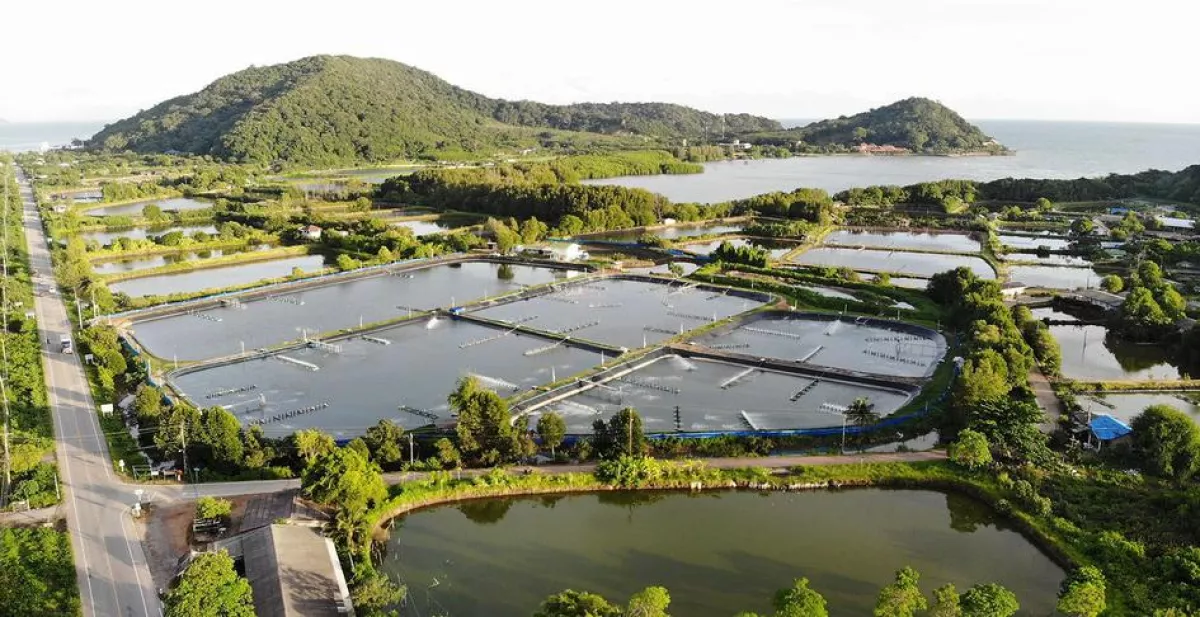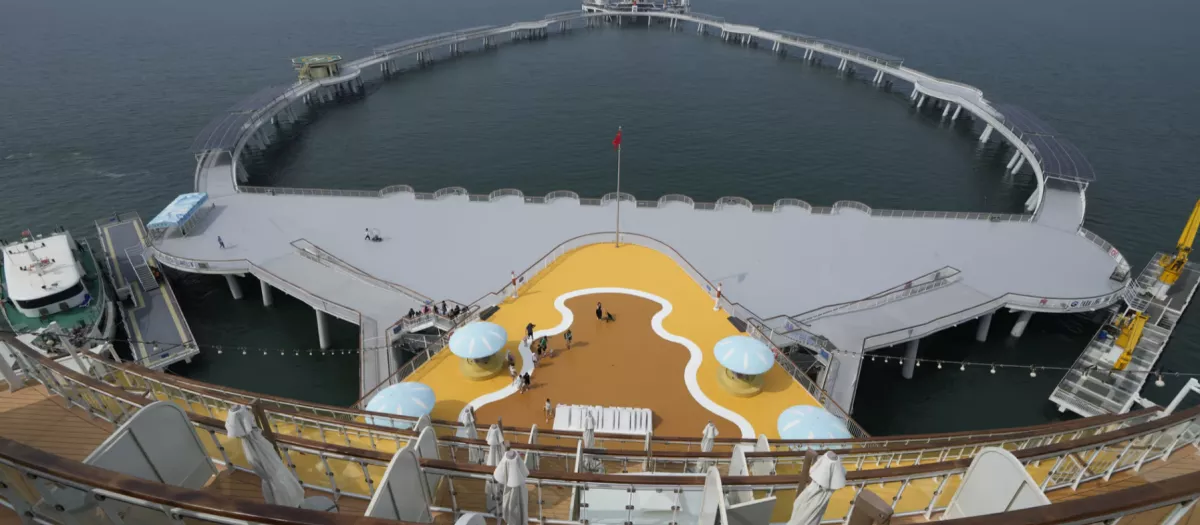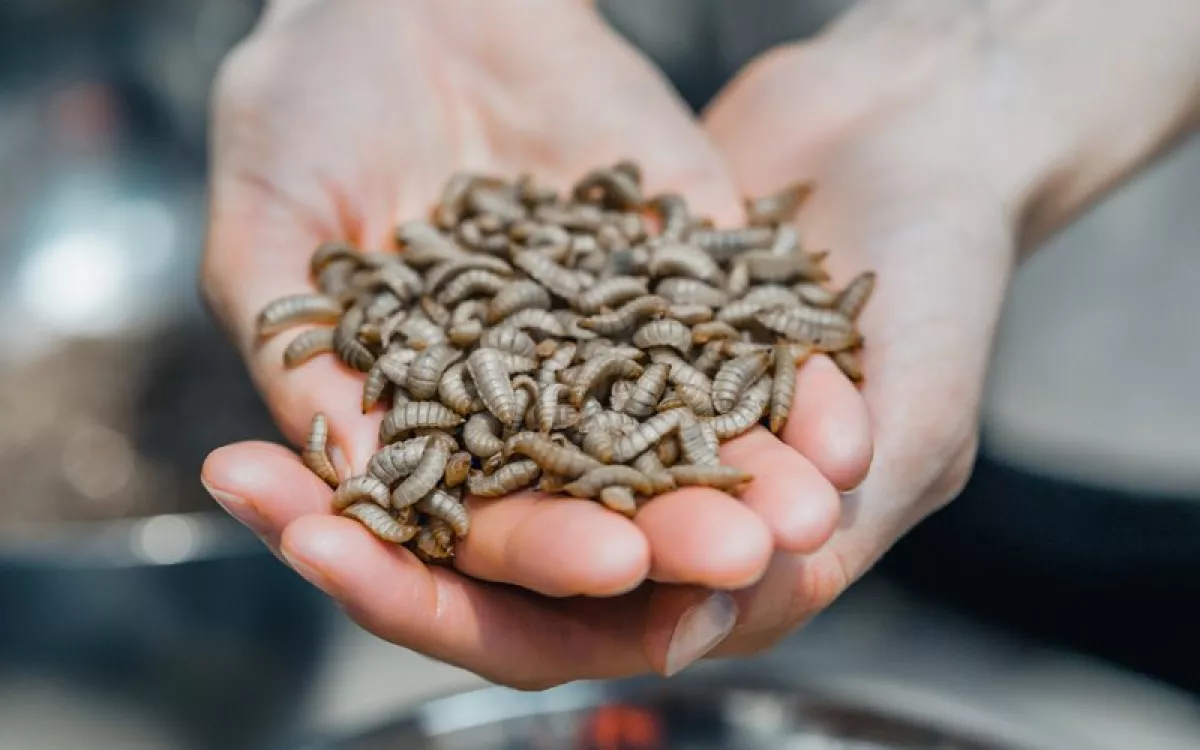Innovative methods for sustainable fish farming from around the world
Aquaculture has been the fastest-growing food sector for decades, and today people eat more farmed fish than wild-caught. With seafood demand surging and wild fish production flat since 1990, fish farming had to expand. Although aquaculture typically produces fewer greenhouse gas emissions than beef and other livestock, it still brings significant environmental challenges.
As the industry has grown, so have its problems — much like those seen in large-scale chicken, pig, and cattle farming. Waste from fish farms can pollute nearby ecosystems, diseases can quickly spread through densely packed fish populations, and sourcing feed can cause environmental harm elsewhere. Facing criticism and tighter regulations, the AP has published an article that provides insight into new ways that fish farmers around the globe are exploring to increase production while minimizing damage.

In Indonesia, once-rapid aquaculture growth destroyed coastal mangroves and polluted waters, but a new government plan aims to establish over 100 aquaculture “villages” designed for more sustainable farming.

China, the world’s largest aquaculture producer, is working to reduce the environmental footprint of fish farming. One strategy is moving operations offshore, where strong currents bring in clean water and carry away waste. About two kilometers (1.2 miles) off the coast of Yantai in northeast China, three massive underwater cages, each 80 meters (260 feet) wide, are anchored below the surface. The site is equipped with a monitoring system that continuously tracks water temperature, quality, and oxygen levels, according to Zhang Zhuangzhi, head of fish farming at Shandong Ocean Harvest Corporation, which manages the facility.
In Miami, Atlantic Sapphire is growing salmon indoors in massive tanks, replicating natural conditions to avoid the parasites and warming waters that threaten coastal farms. This method eliminates the need for vaccines or medications, keeping mortality rates around 3%, far below the industry average of 20%. However, the setup depends on a rare local feature: access to both fresh and salt groundwater.

To further lessen environmental impacts, companies are not only focusing on the harvesting of fish but also rethinking their feed. Feeding farmed fish with wild-caught species like sardines undermines the industry's sustainability goals. French company Innovafeed raises black soldier flies as an alternative protein source. These insects, which eat almost anything and reproduce quickly, are now feeding farmed salmon, shrimp, and sea bream across Europe, the Americas, and Southeast Asia. With two factories operating and plans for ten more by 2030, Innovafeed aims to scale nature’s systems to industrial levels while protecting planetary resources.
By Nazrin Sadigova








